I found many tutorials & articles over internet for core data but I am making sample app that is realtime & more useful to beginner. You can find the sample code here.
The core data structure  is like this.
is like this.
I make entries to artists, albums & songs. But the problem is later editing done to already added Artists is not reflecting to albums.
What am i missing to do so?
To reproduce this issue I request to download the project & run it.
- Make some entries to Artists, Albums, & Songs.
- Then later on goto to Artist tab & edit some of the the Artist entries.
- Now goto Album tab. You will see the artists name same as old ones for associated Album entries.
This is the problem. Ideally I should see new entries there.
I want some genuine way to achieve this